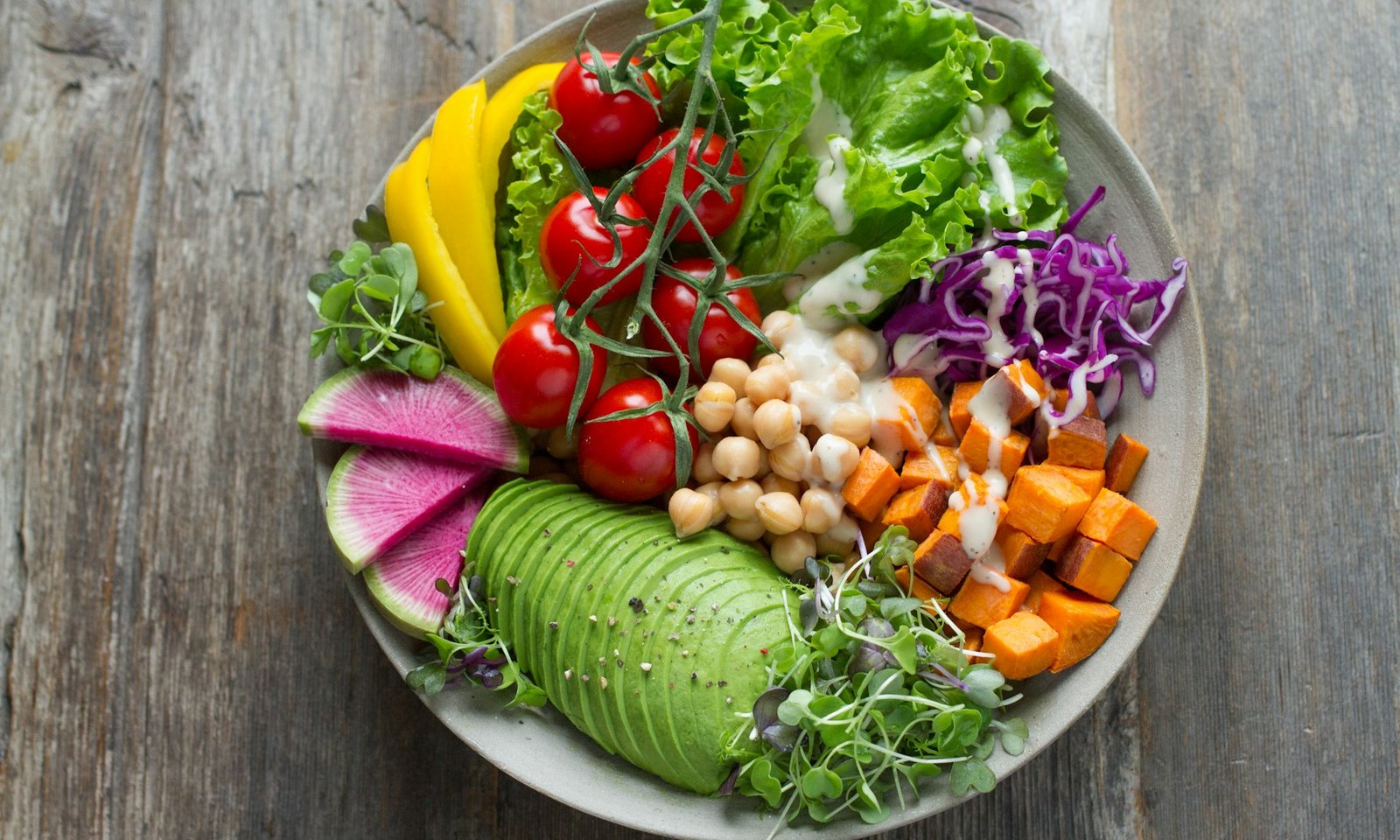How to Read Nutrition Labels on Food: A Guide to Understanding Healthy and Unhealthy Foods
🌟 Unlock the secrets of smart eating with our comprehensive guide to decoding nutrition labels! 🍏 Dive deep into the world of macronutrients, ingredient lists, and practical tips for informed food choices. Discover the real scoop behind "fat-free" and "no added sugars," explore the grams of fats, carbs, and proteins your body needs, and unveil the mysteries of various fats, from the heart-healthy to the not-so-friendly. We'll even journey into the realm of artificial additives, demystifying labels to empower your health-conscious journey. Ready to transform your grocery shopping experience and embark on a path to a healthier, more informed lifestyle? Let's make every bite count! 🌿💪 #NutritionLabels #SmartEating #HealthyLiving


Demystifying Nutrition Labels: A Deep Dive into Ingredients, Macronutrients, and Smart Eating
Writing journey into the realm of nutrition labels. We'll explore the mysteries of macronutrients, delving into the intricacies of ingredient lists and empowering you with the skills to make intelligent food choices. Prepare to revolutionize your grocery shopping experience and embark on a healthier, more informed lifestyle!
Section 1: The Art of Reading Nutrition Labels
1.1 Size Matters: The Secrets of Serving Sizes
Have you ever wondered why a seemingly small serving packs a caloric punch? Let's unravel the mysteries of serving sizes and discuss how aligning them with your portions can offer a genuine understanding of the nutrients you consume
1.2 Caloric Wisdom: Beyond "Fat-Free"
"fat-free" and "no added sugars" often beckon health-conscious consumers. However, it's essential to understand that these labels don't equate to "calorie-free." To deepen our comprehension, let's explore the recommended daily intake of fats, carbs, and proteins per serving. As a general guide, the USDA suggests a daily intake of 20-35% of calories from fats, 45-65% from carbohydrates, and 10-35% from proteins. Delving into the grams per serving can provide a more tangible understanding, making your food choices more informed and personalized.
1.3 Macronutrient Mastery: Grams and Goals
Let's break down the macronutrient dance! Understanding the recommended grams of fats, carbs, and proteins per serving can help tailor your diet to your unique needs. A handy guideline includes:- Fats: Approximately 9 calories per gram; aim for a balanced intake within your daily caloric goals.
- Carbohydrates: About 4 calories per gram, striking a balance between simple and complex carbs aligns with optimal energy levels.
- Proteins: Also about 4 calories per gram, ensuring an adequate protein intake supports muscle health and overall well-being.
1.4 Micronutrients: Beyond the Basics
Explore the world of micronutrients, where vitamins and minerals play pivotal roles in your health. Discover how a diverse range of these elements supports your overall well-being and why prioritizing them is critical to a balanced diet.Section 2: Unveiling Ingredient Lists
2.1 Ingredient Hierarchy: The Whole Truth
Journey through the ingredient hierarchy, decoding why whole, unprocessed foods deserve the spotlight. Uncover the magic behind their nutritional richness and why they should feature prominently on your plate. 2.2 Sweet Truths: Navigating Sugar LabelsUnlock the secrets of sugars, from sucrose to high-fructose corn syrup. Dive deep into the understanding that "fat-free" and "no added sugars" don't necessarily mean "calorie-free." Unravel how monitoring added sugar intake can empower you on your health-conscious journey.
2.3 Fats Exposed: The Good, the Bad, and the Transcendent
Embark on a journey through the various fats in our foods, distinguishing the good from the bad. We'll explore heart-healthy unsaturated fats found in avocados and olive oil, contrasted with the risks associated with saturated fats from animal sources. Uncover the darker side of partially hydrogenated oils laden with trans fats, and understand why steering clear of these is crucial for cardiovascular health.
2.4 Artificial Additives Unveiled: Beyond the Numbers
Delve into the intricate world of artificial additives, from colors to preservatives. Examples include monosodium glutamate (MSG), artificial sweeteners like aspartame and saccharin, and synthetic food dyes. Understand the potential health implications of these additives, and empower yourself to make choices that align with your well-being.
2.5 Dietary Awareness and Allergen Allies
Refine your label-reading skills by becoming adept at identifying allergens. Learn to tailor your choices to suit dietary restrictions and preferences, ensuring your grocery cart is a safe and enjoyable space for all.
Section 3: The Finishing Touches - Practical Tips for Smart Choices
3.1 Calorie Awareness: Peeling Back the Layers
Dive into the world of calorie awareness, peeling back the layers behind seemingly innocent labels like "fat-free" and "no added sugars." The Nutrition Facts label becomes your trusted ally in accurately comparing modified and regular versions.
3.2 %DV as Your Guiding Star
Demystify %DV and turn it into your guiding star! Learn to use it to compare food products effectively, understanding that 5% DV or less is considered low, while 20% DV or more is high. This percentage guide becomes your secret weapon for making informed choices.
3.3 Nutrient Claims: A Battle of %DVs
You can navigate the nutrient claim battleground with %DV as your trusty companion. There is no need to memorize definitions; compare those percentages to make savvy choices. Understand how %DV can help distinguish between claims like "light," "low," and "reduced."
3.4 Trade-offs Made Easy: Managing Your Dietary Playbook
Do you often need help to choose between your favorite snack and maintaining your health goals? Don't worry! We can help you make intelligent daily choices without sacrificing culinary pleasures. Balancing higher and lower-nutrient foods allows you to enjoy your favorite snacks without jeopardizing your overall dietary objectives.
Conclusion: Your Journey to Informed Eating
Now that you have thoroughly explored nutrition labels, you are better equipped to make informed choices about what you eat. Rather than being a casual shopper, you are now a nutrition detective! Every label you read is a gateway to a more vibrant and healthier life. You should feel confident flipping those labels like a pro and relish the joy of making bright every day. Remember that every meal is an opportunity to eat consciousl

